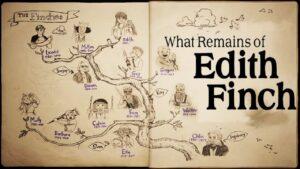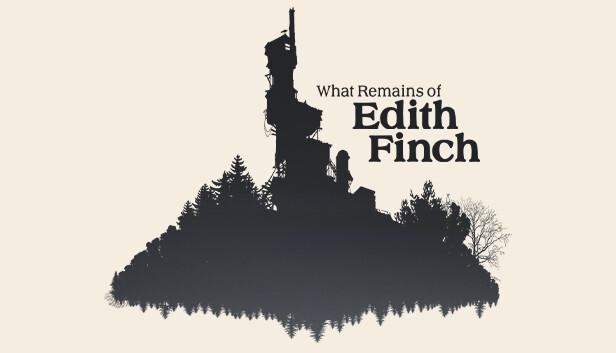“What Remains of Edith Finch” by Giant Sparrow is playable on Windows, Ios, PlayStation, Xbox, and Nintendo Switch. Anyone can enjoy the game, especially those who love narrative, story-based games.
In the game “What Remains of Edith Finch”, walking is the primary mechanic to experience first-hand the lives and environment of the Finch family. Walking immerses players into each character, allowing them to discover and piece together the overarching narrative while feeling empathy for the family’s tragic tale.

One major draw to the game is its accessibility. Because walking is the most important aspect of the game when learning the story of the Finch family, it allows non-gamers to easily play as they only need to focus on controlling the direction to walk. Thus, there is little learning curve and players can instantly become immersed in the story rather than figuring out how to control each character or fight. This leads to an interesting aspect of the game: its boundaries. Though its physical boundaries is the Finch house, which we are able to explore the rooms of all walk through the inside and surrounding area, the boundaries created through the vignettes are much broader. In each story, we are traveling back in time, both to locations that exist and are imaginary, and with familiar and unfamiliar faces. This seemingly infinite boundary allows us to explore the memories of the family without being constricted to one room.
More importantly, walking as a mechanic brings about two major types of fun: narrative and discovery. Rather than having the entire game through the lens of Edith, the game allows players to walk through and live the heart-wrenching deaths of each family member. Experiencing death is completely different from just reading about it in the journal. For example, hearing about Gregory’s drowning was tragic, and as soon as I realized the water in the tub was rising, my heart sank for the inevitable drowning that was to occur. However, hearing his giggles and seeing the wonder in his eyes was almost joyful, offering a stark contrast in emotions and a new perspective that could only be obtained through walking into Gregory’s life.

The mechanics of controllers further added to the narrative, specifically in Lewis’ vignette. The right controller controlled Lewis’ mundane job, depicting the never-ending chopping of the heads of fish. However, the left controller depicted Lewis walking through his imaginary life, one where he was respected, loved, and had power. These separate controllers also controlled their respective sides of the screen, resulting in two narratives coinciding at the same time. However as time went on and Lewis became more and more entranced by his imaginary life, the left side of the screen grew and eventually took over, leading to his death. After this scene, I had to sit and process what had happened, as I was filled with shock and sadness. Playing as Lewis happily running through the imaginary world he created that seemed infinitely better than reality tugged at my heart and furthered the narrative of the game.

Walking was also crucial in having fun through discovery. My favorite aspect of the game was being able to piece together the different stories that I experienced, and interpreting them into one cohesive storyline. For example, after walking around as Edith and experiencing the death of Molly and Walter, I discovered that Edie was actually a villain of some sorts rather than an unlucky victim of the Finch curse. For example, when walking around Molly’s room and realizing the door was locked, she was starving, and poison berries were the only food source available, the neglect from Edie was evident. Similarly, Calvin’s death couldn’t be blamed on the curse, but on the poor placement of having a swingset on the edge of a cliff. Thus, walking through the Finch house filled me with empathy for the children who were almost promised an eventual death as soon as they were brought to Earth, and for the parents like Edie who wanted to protect their kids but also were overwhelmed by loss and needed to place the blame on an outside factor to cope. Even right at the end I was still discovering new things, such as realizing that the story was being read by the last Finch, Edith’s son.



